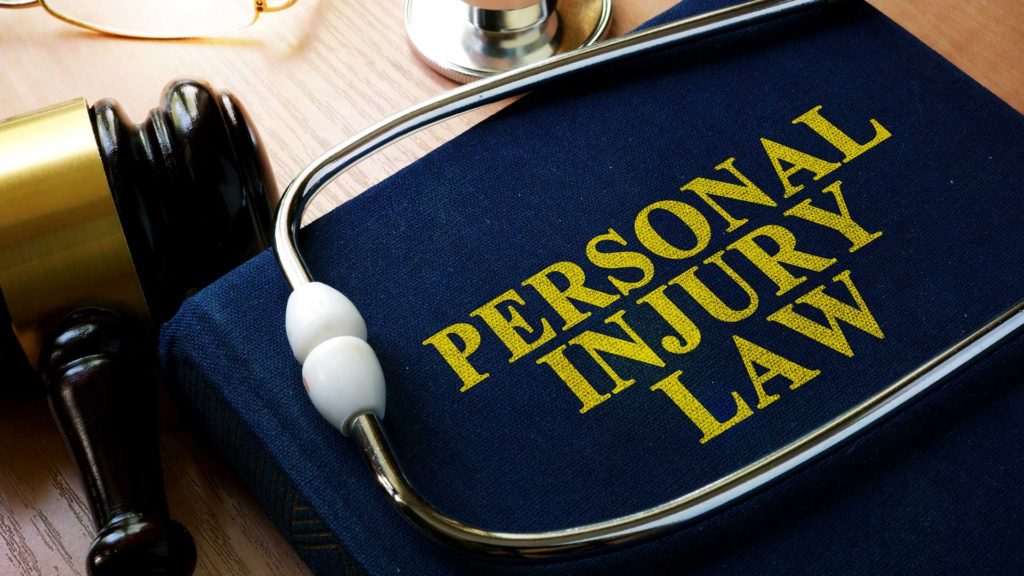CHICAGO, IL – Bike accidents can result in severe injuries, including broken bones and head trauma. While bicyclists can take steps to stay safe on the road, accidents can still happen due to the negligence of others.
Factors that Lead to Bicycle Accidents
Cycling is a popular and environmentally-friendly mode of transportation, providing numerous benefits to individuals and communities. However, cycling can also be dangerous, especially when sharing the road with cars. Motor vehicle drivers can often cause bicycle accidents, leading to catastrophic injuries and fatalities. Despite the growing awareness of cycling safety, bicycle accidents continue. Below are a few common causes of these crashes.
Distracted Driving
Distractions can come in various forms, such as texting, talking on the phone, eating, adjusting the radio or simply being lost in thought. When drivers are distracted, they take their eyes off the road and focus away from driving safely. This can cause them to miss seeing cyclists, swerve into bike lanes or fail to yield to cyclists at intersections, resulting in a collision.
Drivers must stay attentive and minimize distractions while driving, especially when sharing the road with cyclists.
Failure to Yield
Failure to yield occurs when drivers fail to slow down or stop at an intersection, crosswalk, or other areas where they should yield to oncoming traffic. Often, drivers fail to see cyclists on the road, assuming that they have the right of way or failing to recognize the potential danger. This can result in drivers colliding with cyclists.
Drivers must take the time to slow down, look for oncoming traffic, including cyclists and yield as necessary.
Unsafe Lane Changes
Unsafe lane changes are a common cause of bicycle accidents when drivers fail to check for other cars or bicyclists before moving to another lane.
Drivers might not signal when changing lanes, causing confusion for cyclists unaware of the driver’s intention to move over. Drivers might also misjudge the distance or speed of cyclists, leading to a collision when changing lanes.
This type of accident can be hazardous for cyclists as they have less protection than motorists and are more vulnerable to injury. To prevent accidents caused by unsafe lane changes, drivers should always check their mirrors and look over their shoulders. Additionally, drivers should use turn signals to indicate their intention and give cyclists plenty of space to maneuver safely.
Speeding
Speeding is a dangerous driving behavior that can cause bicycle accidents. When drivers exceed the speed limit, they have less time to react to unexpected situations, such as a cyclist suddenly crossing the street. Speeding drivers may also be unable to stop their vehicles quickly, increasing the risk of colliding with a cyclist. Additionally, speeding drivers may be unable to make quick decisions, increasing the risk of accidents.
Cyclists can be particularly vulnerable to accidents caused by speeding drivers, as they may be unable to move out of the way fast enough to avoid a collision. To prevent accidents caused by speeding, drivers should always obey posted speed limits and adjust their speed to match the road conditions.
Doorings
Doorings occur when a driver or passenger swings their car door open in the path of a cyclist. This can cause cyclists to collide with the door or swerve into traffic, leading to severe injuries or fatalities. Dooring accidents often occur when drivers or passengers fail to check for oncoming cyclists before opening their doors or when they exit their vehicles on the street rather than the sidewalk.
Drivers and passengers should always check their mirrors and look over their shoulders before opening doors to prevent dooring accidents. They should also exit their vehicle on the sidewalk side whenever possible.
Poor Visibility
Cyclists can be hard to see, especially in low-light conditions, and this can increase the risk of accidents. Drivers who do not look carefully before turning or making a lane change may not see a cyclist, leading to a collision. Cyclists can also be hard to see when they are riding in a driver’s blind spot or when they are riding on the wrong side of the road.
To prevent accidents caused by poor visibility, drivers should be aware of their surroundings and take extra precautions when driving in areas with heavy bicycle traffic.
Running a Red Light or Stop Sign
When drivers fail to stop at a red light or stop sign, they risk colliding with a cyclist who may be crossing the street. Additionally, drivers who run red lights or stop signs may not be aware of their surroundings and may be unable to react quickly enough to avoid a collision.
Drivers should always obey traffic signals to prevent accidents caused by running red lights or stop signs.
Impaired Driving
Operating a vehicle under the influence of drugs and/or alcohol can significantly impact a motorist’s ability to drive safely, leading to an increased risk of accidents on the road. Impaired drivers may have difficulty maintaining their lane or following traffic signals and cannot react quickly to unexpected situations.
Drivers should never operate their vehicles while under the influence of drugs or alcohol. If a driver has consumed alcohol or drugs, they should make alternate arrangements for transportation, such as calling a taxi or using a ride-sharing service.
Driver Fatigue
When a driver is tired, their ability to make sound decisions is compromised, which can increase the risk of accidents. For cyclists, an accident caused by a fatigued driver can be particularly dangerous, as they may not have time to react to a driver who has lost control of their vehicle. In severe cases, fatigued drivers may fall asleep at the wheel, putting themselves and others at risk.
To prevent accidents caused by driver fatigue, drivers should always get enough sleep before driving, take regular breaks during long trips, and avoid driving late at night when they are more likely to feel tired.
How Cyclists Can Avoid Bicycle Accidents
Cyclists can take several measures to avoid bicycle accidents and ensure their safety. Some of the things cyclists can do include:
- Following traffic rules and regulations, such as stopping at red lights and stop signs, and using appropriate hand signals.
- Being aware of their surroundings and staying alert for potential hazards, such as potholes, debris and other obstacles on the road.
- Wearing appropriate safety gear, such as a helmet and reflective clothing, to increase visibility and protect against injuries in an accident.
- Using lights and reflectors when riding at night to improve visibility and reduce the risk of accidents.
- Choosing safe routes and avoiding busy streets can also help prevent accidents, as well as being cautious of parked cars and avoiding riding too close to them to prevent doorings.
By taking these steps, cyclists can significantly reduce the risk of accidents and enjoy a safe cycling experience.
Recovering Damages
If a bicycle accident is caused by a motorist’s negligence or fault, the bicyclist may be entitled to recover damages for the expenses and losses they sustained. This can include medical bills, lost wages, pain and suffering, and property damage. Recovering damages from a bicycle accident typically involves filing a claim with the driver’s insurance company.
The bicyclist must provide evidence to support their claims, such as witness statements, police reports, and medical records. In some situations, the insurance company may dispute the claim, and the case may need to go to court to determine fault and damages.
Working with an experienced personal injury lawyer who can help navigate the legal process and pursue fair compensation for the cyclist’s injuries and losses is essential. Call our firm at (312) 384-1920 or fill out this form to get started today!



